(First published on 21st August 2016)
Make no mistake! The mighty outback of Australia is very beautiful, spectacular, stunning – and can be deadly! So if you want to see it for yourself (and who wouldn’t…) – PLEASE PREPARE, PREPARE, PREPARE. This cannot be stressed enough and is so easily done. Correct and basic preparation/homework can and does save lives.
There are lots’n’lots of things you can do to try to ensure your own safety and wellbeing – some are listed below and are from my own experiences. But there are a heck of a lot more than these. Armed with as much knowledge as possible and the correct and basic preparation (much of which is pure common sense) your outback adventure could turn out to be one of the best trips you have ever made.
One of these must-dos – find out the best and most reliable form of communication that can be used effectively in even the most remote areas. On the whole, mobiles are useless in the outback, irrespective of who you are with, although Telstra does seem to be the best out there – but it is still useless in the very remote areas away from the built-up areas. A VHF radio is one of the best forms of communication – combined with at least one emergency long distance channel (Channel 5 and/or Channel 35). Please also bear in mind that there are penalties in place for general misuse of any emergency channels – also for interfering with an emergency call.
If driving alone or even with a friend or two:
- Make absolutely sure your vehicle is in top-notch condition. Organize a really thorough services, naturally including everything throughout the engine – the petrol, water, oil, tyres (including the spare obviously), and anything else you can think o f prior to departure. Also explain to your mechanic what you are doing and where you are going, over gravel roads and into rough country if you are;
- Try to get some basic mechanical knowledge;
- Take certain tools with you, as well as a good first aid kit; ring and open spanners, high-jack, insulating tape, lubricating spray, screwdrivers, wire, an extra fan belt, set of hoses, radiator hose, spare bulbs, fuses etc;
- Carry an extra jerry-can of petrol. When traveling, check your tyres, including that spare, regularly and always top up your fuel when you can, even if it is literally only a top-up. It might be hours before you next get the chance;
- ALWAYS take plenty of water – this cannot be stressed enough. Both personal drinking water as well as for the car;
- Take plenty of sunscreen (SPF 50+ at least). Those UV rays are deadly. Make sure you keep soaking yourself in the sunscreen;
- Take good sunglasses and equally good insect repellant, preferably a roll-on one;
- Take a good torch and extra batteries;
- Dress sensibly. Close shoes (riding boots are best, or sandshoes), long pants and a long-sleeved shirt. Also always wear a good hat outdoors – preferably with a good, wide brim. Again, that sun can be a killer. Australia is also home to many very poisonous snakes that are not necessarily seen when walking along so adequate protection is essential;
- ALWAYS notify the people at your destination what time you are leaving and the route which you are taking, including your starting point. The people at your destination will then have some idea of your estimated time of arrival, even if you don’t know;
- Always watch for animals on the road. Both road-kill as well as animals that decide to wander across the road just as you are coming – which they will do and chances are high that they might just decide that the road is nice and warm – a good place to settle!
- Always drive with your headlights on, day and night;
- Plan frequent stops – fatigue does kill;
- Avoid driving on wet roads, both blacktop and gravel, if possible. Fines are in place for driving on closed gravel roads and these are usually signposted;
- Most roads and tracks in the outback do pass through private properties (stations). Please stay on designated roads and respect any notices expressing the wishes and warnings of the station owners;
- When meeting oncoming traffic, try to slow down slightly and veer over to the left side – the oncoming traffic should do this too;
- If you do break down, DO NOT LEAVE YOUR VEHICLE. This should really be common sense – just think about it. When searchers begin looking for you – and they will do this provided you have followed these basic preparations, it is a lot easier to spot a vehicle than it is to spot a lone body – or even a couple of bodies;
- Upon arrival at your destination, do let those know at your starting point that you have arrived safely. If there is no-one there then let your family or a reliable friend or relative, or some person of authority, know.
Again, please make sure you do your homework. While the above is from my own experience, there is a lot more that you can do and learn to make your trip as safe and enjoyable as possible. It’s all on the net.
If traveling by public transport and planning to stay overnight at your destination, there are some more points to bear in mind. While not essential, they could certainly make your trip safer and more enjoyable. Again, these are from my own experience.
As we all know, coaches, trains, planes and other forms of commercial travel have schedules that they have to keep to. These very often involve passing through rural and remote towns in the very early hours of the morning. Not a great time to find yourself stranded after being dropped off and watching your transport disappear into the night. It’s actually a very scary feeling. Believe me, I’ve been there, done that! But a few pre-arranged plans could make all the difference.
- Try to pick a coach or train that is not scheduled to arrive at your destination in the middle of the night or early hours of the morning, although sometimes this is unavoidable;
- Obviously the best idea is to try to ensure that someone (from your destination preferably) is there to meet you but sometimes this is not possible, or something happens, or people do forget. In which case it is important to contact the people at your destination to remind them of your arrival and again try to ensure that someone is able to meet your transport;
- If you do not have a choice in the above, try to make sure you pre-arrange with your accommodation to have your room key left out for you, preferably somewhere you can find it easily (in the dark if necessary – or remember that torch mentioned above), but hopefully no-one else can;
- Also that said accommodation is either very near to the place where the transport will drop you off or that you have checked out taxi services in the town and have taken note of the relevant number. It is not a pleasant feeling being dropped off late at night or in the very early hours of the morning, complete with luggage and trying to haul it all behind you as you walk the streets trying to find your accommodation;
- If there isn’t any accommodation, try to find an all night business – a service station, police, hospital – anything;
- Packing all the personal effects mentioned above applies here too.
As mentioned, there is a lot more that can be done and researched and prepared for a trip to the outback and this can be gleaned through the internet. The above is based on my own experience and things that I have learned and heard about.
I think it is also relevant to provide a couple of examples. First scenario applies to both transport and accommodation and occurred during my very first research trip. I thought I had organised everything perfectly, but I realize now I had done everything but. You can do it a heck of a lot better and more safely than I did. Knowing that I would be arriving in one town very late at night and then departing again on a different coach and in a different direction, in the very early hours of the following morning, I did book into a motel hoping that I might get a nap or at least be able to freshen up. Unfortunately, the coach was late leaving its departure point and while the driver tried, she was not able to make up that time. Our ETA at our destination was about 11.30 pm. We clocked in at 12.30 am. I had to catch my next coach at 4 am. Once we had arrived, I began the search for a taxi and ended up sharing one which was absolutely fine – I was lucky. I was dropped at my motel and was relieved to see that it was lit up – thinking that meant the office was still open or at least they were expecting me. The taxi vanished into the night and I found that I could not get in – office door was locked. I could not access anything – and strangely enough, everyone was asleep. So there I was, a stranger in town who ended up sitting on one of the lovely wrought iron chairs on the front veranda, cuddled up to my luggage. Thankfully it wasn’t a cold night but it was a Friday and this motel was situated on a corner – there had obviously been a lot of people out and about and quite a few staggered up the road and past the entry. Most of these people seemed a tad inebriated so I wanted be as inconspicuous as possible. I tried to shrink back into the shadows to avoid being seen. Either it worked or I had given myself too much credit and no-one was remotely interested. A valuable lesson learned.
The second scenario occurred in Qld. We were well into station country after leaving Cairns and heading west. The coach pulled up at a dirt road that led off the blacktop in a ‘t’ junction. There was nothing there apart from a little tin lean-to thingy. Couldn’t call it a shed – was possibly where mail, the newspapers and milk were left for whatever stations were out there. It was also the drop off point for a young backpacker who had also been on the bus. It is not the responsibility of the coach drivers to ensure that their passengers are safe after drop-off – the
drivers have done their bit by then, but I think every driver that I had (across the nation and there were quite a few of them) acted above and beyond the call of duty when feeling that they couldn’t just leave these young backpackers there – stranded – when there was absolutely nothing and no-one in sight. No human, animal, car, house – nothing. Just the sort of scene that I love but for this girl – not good. I understand she was due to go out to one of the stations, presumably to work and she had arranged for someone to meet her. She was wearing thongs, a singlet top and very short shorts. No sunscreen at all, no hat, no sunglasses, nothing. No protection whatsoever. She took out her mobile and tried to make a call – surprise, surprise – no signal. Her ‘lift’ had either forgotten or was very late. The driver tried to use his two-way to ask someone to either ring the station or come to take the girl somewhere safe – he also offered to take her on to the next town, which was a good couple of hours away. She declined, saying she was sure the people would turn up and she would be fine. The driver had to get moving. I have no idea what happened but did find myself listening to the news that night hoping that I would not hear of yet another young backpacker who had disappeared.
So, again – PLEASE I cannot stress enough the importance of ensuring you do your homework, research and PREPARE, PREPARE, PREPARE before heading out into the outback. Really just a few common sense pointers and you should be able to have the most memorable trip – in all the right ways. But, again, do not just rely on this info – go to the net and start Googling.
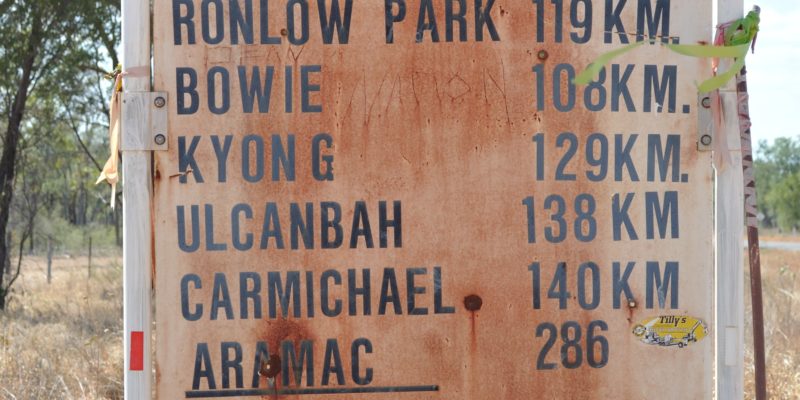
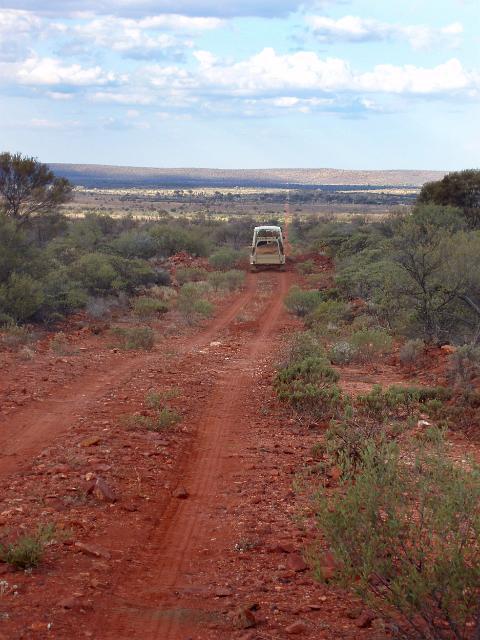
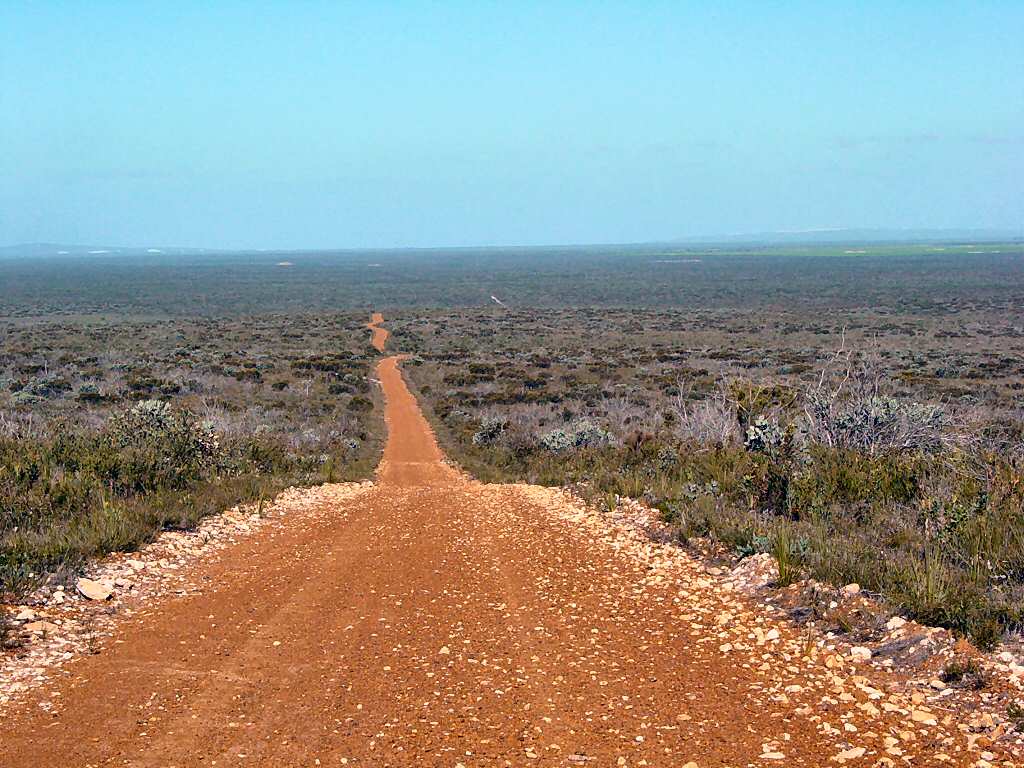
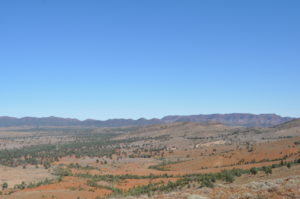
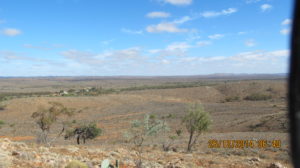












Leave A Comment